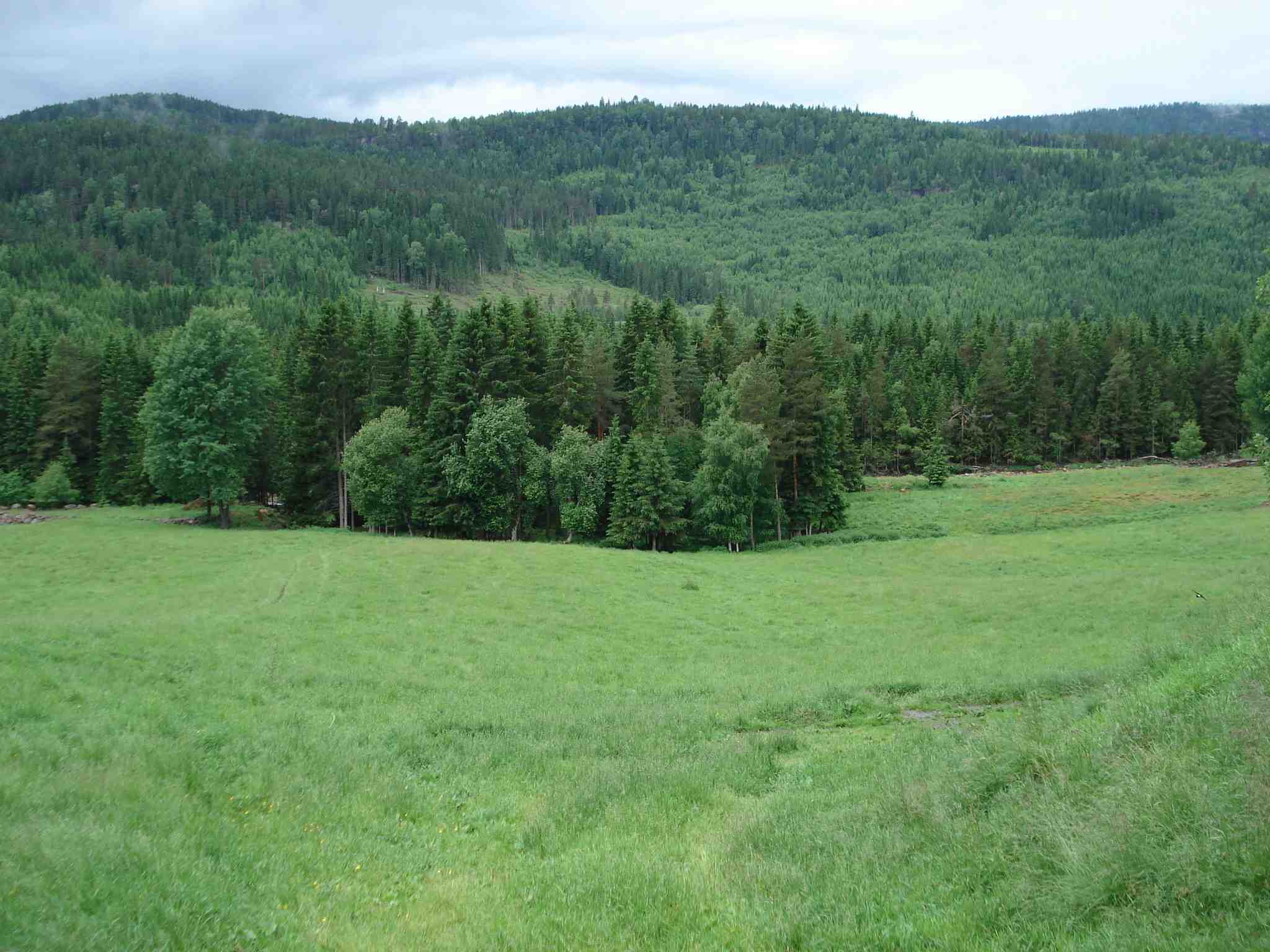BUSHTICK: Changing farming, bush encroachment, and tick-borne disease risk in southern Norway
![]()
Description
Bush encroachment is an important phenomenon in many marginal areas of Europe, in relation to decreasing grazing livestock populations and changes in land use practices. These processed have been poorly documented in Scandinavia and especially in Norway. How this may relate to a potential increase in tick distribution, abundance, or pathogen transmission remains an unsolved question. In collaboration between our group and the Department of health surveillance, Norwegian Veterinary Institute ((NVI), Oslo, Norway), and the Northern Research Institute (NORUT, Tromsø, Norway), we investigate the effect of bush encroachment of pastures on the distribution of the tick Ixodes ricinus in the Norwegian counties of Aust-Agder, Telemark, Rogaland and Hordaland. Existing standard land cover databases such as CORINE are inadequate to study such phenomena with the necessary spatial resolution, accuracy and temporal depth – especially in Norway. The lack of resource for this collaboration implies that we are currently relying on basic treatment of remote sensing data to map bush encroachment. These maps could be strongly improved over the course of a short term collaborative project focusing on land cover change. This would also constitute a significant contribution to EDENext, which studies the relations between environment and the risk of disease emergence, but currently does not focus on remotely sensed studies of land cover change. Furthermore, EDENext has no tick study sites in Scandinavia. Relevant landscape factors will be extracted and included as predictive variables in models examining the expansion of I. ricinus over the past decades – data held and currently analysed by the NVI. Two potential outcomes can be highlighted: improved knowledge of the dynamics of bush encroachment and afforestation in marginal areas in Europe and what it takes to map it; and better understanding of the influence of this process on the risk of tick-borne diseases in both animal and human populations.
Bushtick is funded by the Belgian Science Policy, Research Programme for Earth Observation Stereo II.

Contact:
Jasper Van doninck
